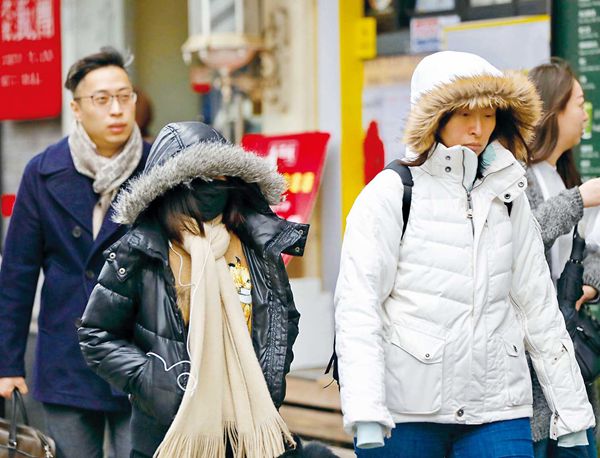The changes to rates has once again highlighted the rapid changes on UK High Streets. Large centres with numerous coffee shops, restaurants, boutiques and the main multiples are usually trading successfully. The Metro Centre, Oxford Street, Bicester Village, Meadowhall and the other well established shopping centres are flourishing. People want a good range of shops, good brands, and the capacity to make a half day or a day of it with stops for food and drink. Big new shopping centres like Westfield are still being added, with the redevelopment of Birmingham Bullring and other leading City retail destinations.
In contrast many of the smaller High Streets are suffering from the attack of internet shopping offering keener prices, and destination shopping offering more choice. Many a small butcher, baker, fishmonger and green grocer has given up the struggle to compete with the volumes, prices and freshness of the leading supermarkets. In their turn the large supermarkets are under strong competitive pressure from the discounters, who target a narrower range of popular products so they can use their dominant volume in these items to command great prices from suppliers.
The advent of new or expanded and revamped destination shopping centres, and more space for the main discounters has intensified the bricks and mortar shopping competition. The large food retailers have added to the complexity of their tasks by opening a range of local smaller stores, seeking to tap into the narrow range essentials that many people buy daily or several times a week at a convenience store near their homes.
The changes to rate valuations seek to mirror the changing fortunes, but some think they throw up anomalies. The aim is to reduce or remove business rates from small independents, to cut the tax on those many shopping centres with falling revenues or weaker margins, whilst boosting the tax on the successful destination shopping areas. We will find out how successful this has been in the debate that has been unleashed by the new rating schedules.
read more


